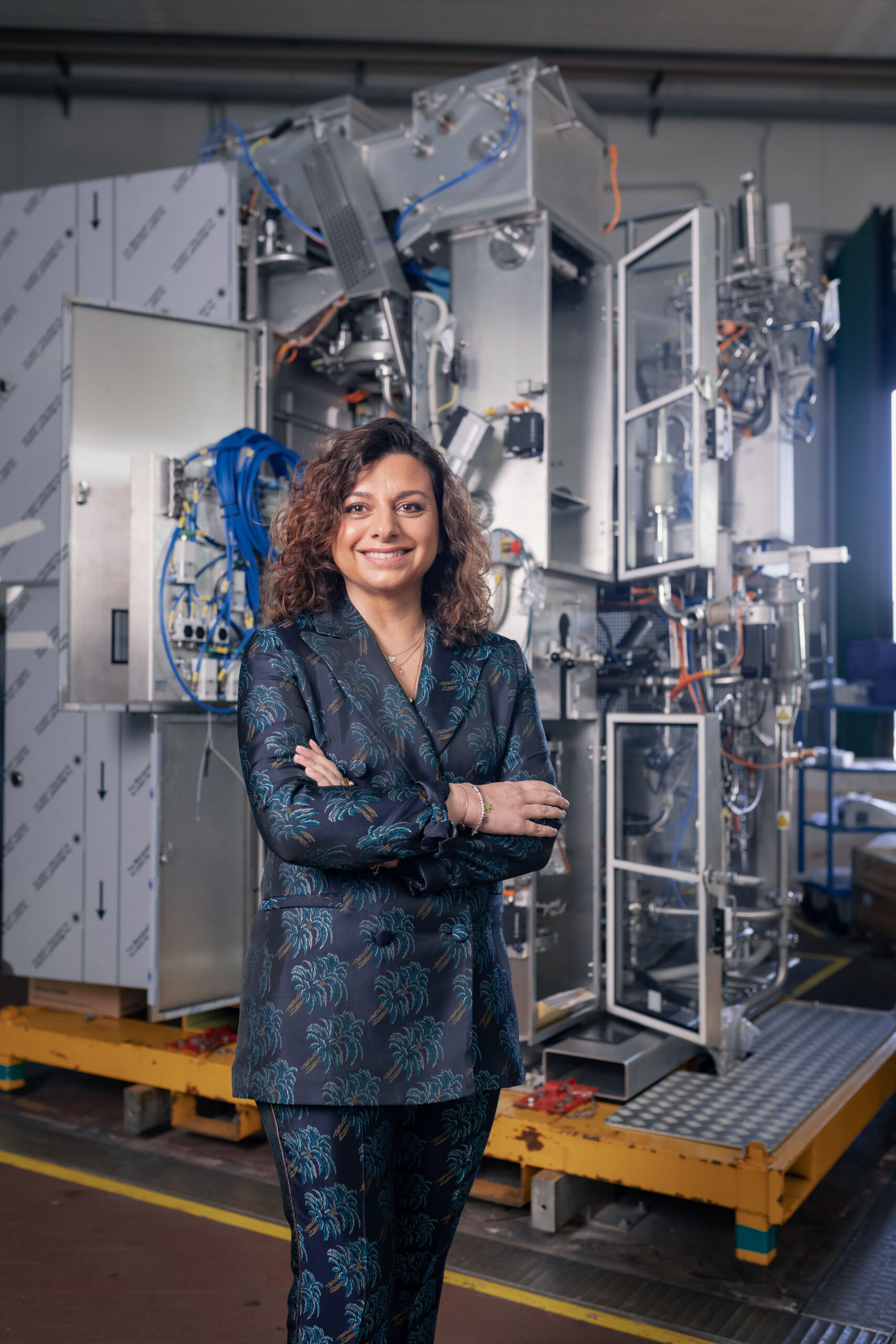Features of Stainless Steel
Stainless steel is a ferrous alloy that has a chromium content higher than 10.5% and a carbon content lower than 1.2%, percentages such as to determine the creation on its surface, once in contact with oxygen, of a protective layer (called passivated) able to resist corrosion and oxidation. Therefore, stainless steel has a high resistance to wear, it is biologically and aesthetically neutral, with an excellent hygienic coefficient and it is also easy to clean. Furthermore, it is a very easy material to be machined, welded and forged, and it does not magnetize under full annealing conditions.
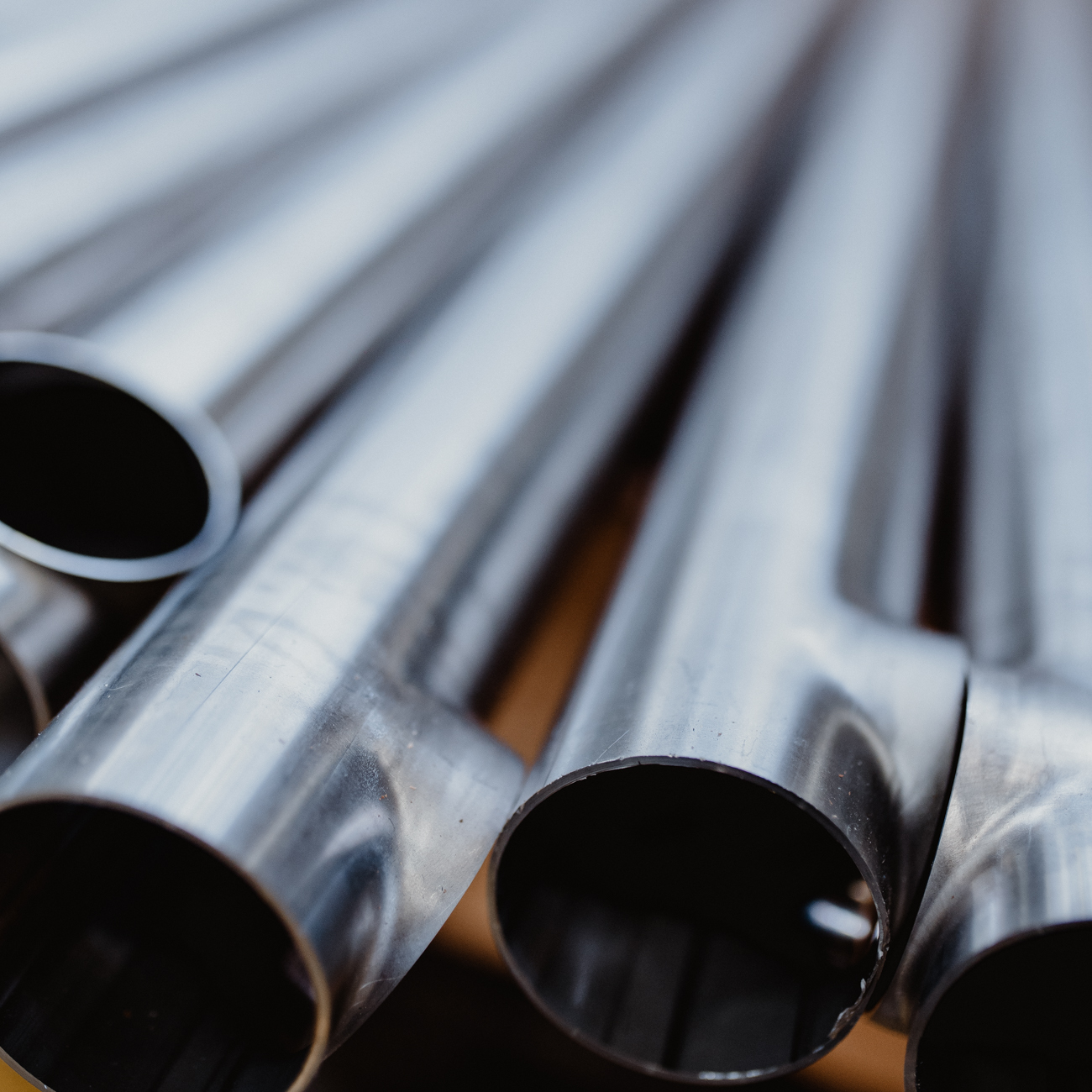
The various types of Stainless Steel
Stainless steels are metal alloys by their nature resistant to corrosion: in fact, the elements that compose them form a thin, transparent layer on the surface formed by few atoms that, in case it is damaged, is able to regenerate itself immediately if there is oxygen in the water or in the air, keep on protecting them from corrosion. This is the reason why stainless steels can preserve their brightness for many years, without requiring any protective coating or treatment. Despite this extraordinary ability, like other building materials with similar features in terms of durability over time of their surface appearance (such as, for example, glass), they are not exempt from simple cleaning and periodic maintenance operations, which allow them to maintain their typical shine.
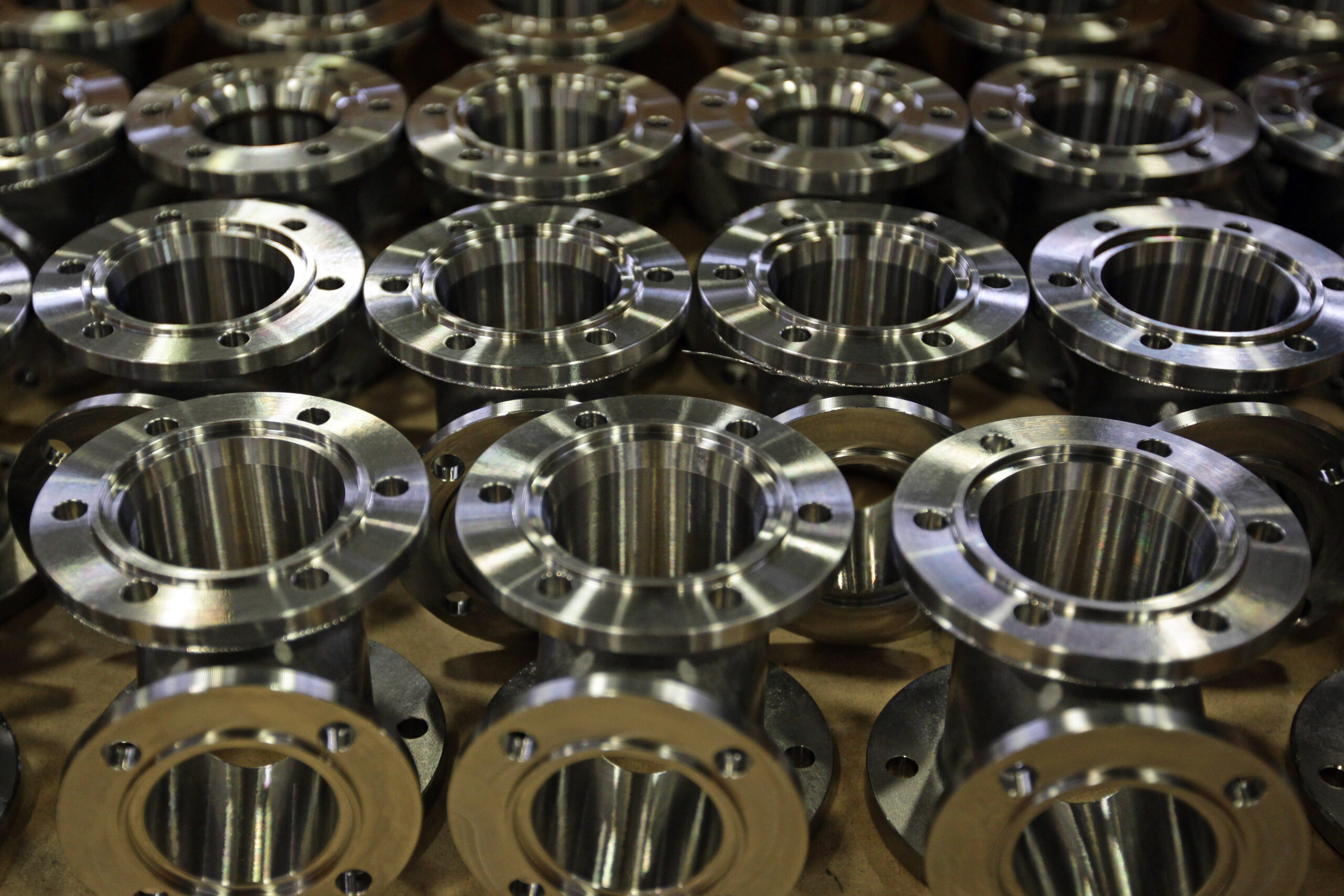
Stainless Steel treatment
AISI 304 and AISI 316 stainless steels are aesthetically identical, but they differ in chemical composition: AISI 316 stainless steel compared to AISI 304 has more molybdenum and a higher percentage of nickel, which makes it particularly resistant to corrosion in aggressive environments.
Much attention must be paid during processing and assembly: it is necessary to use special tools that do not leave ferrous residues with risk of oxidation, as well as avoiding welding or grinding on iron near stainless steel: in fact, the powders released during these kinds of processes could get in touch with the surface of stainless steel components, thus provoking rust spots. It is important to carry out an accurate cleaning at the end of assembly operations.
In CMS Spa we are able to perform special surface treatments with specific tanks for pickling, passivation and electro-polishing that make productsí final surface completely decontaminated and uniform, as well as protected against atmospheric or corrosive agents.
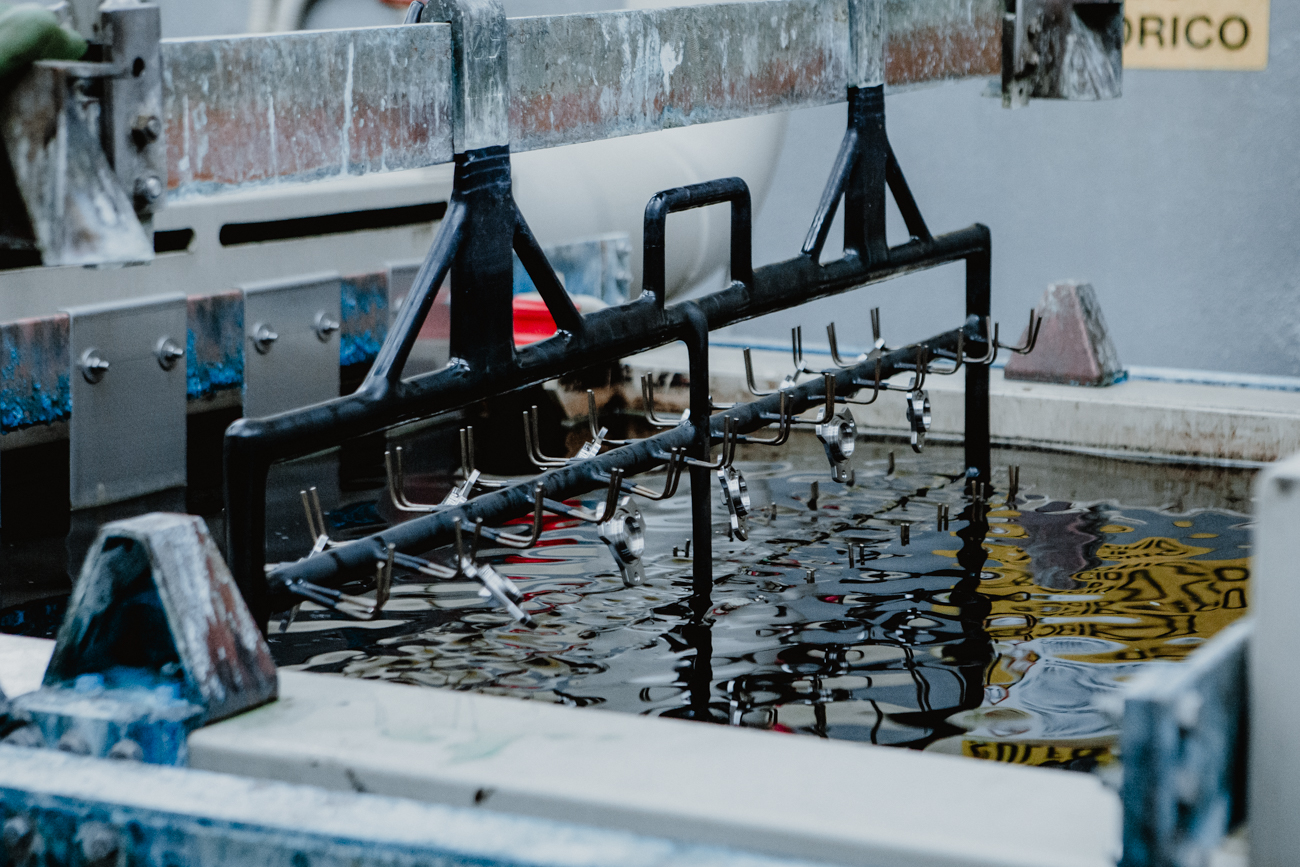
FIELDS OF APPLICATION
Stainless steel is widely used in contexts where it gets in touch with water and food, for example to manufacture cookware, household tools, food and drinks containers. It is also used to create reinforced concrete structures, especially when high resistance to extreme environmental conditions is required, for example if there is sea water or de-icing salts, or where a high durability is required.
Both AISI 316 and AISI 304 stainless steel are perfectly suitable for the packaging sector. Stainless steel is extremely hygienic!
In fact, it has a compact surface, a high bacterial removal and a low bacterial retention.
It is also used in tanks, autoclaves, heat exchangers forging. Thanks to its good resistance to high temperatures (higher than carbon steels), stainless steel is suitable for the construction of furnaces parts, muffle covers and radiating tubes that should be used at temperatures between 950 and 1100 ∞ C. Its excellent resistance to chemical agents makes him widely used within chemical industry as well.
Examples of Stainless Steel processing
Despite its high resistance ability, stainless steel is very ductile, malleable and suitable for different types of processing, including welding, bending and press-bending, cutting with industrial shears, plasma cutting and laser cutting, punching (including embossing, deformation, drawing, etc.), as well as cold processing such as turning and milling.
LASER CUTTING
Laser cutting technology is widely used for its ability to handle materials, even very hard ones, with millimetric precision. The operation takes place thanks to a thermal separation process: the laser beam of the machine hits the surface of the material and heats it up to melting or vaporising it completely. Once the laser beam has penetrated the material, the actual cutting process begins. Then, the assistance gas eliminates the surplus material. One of its main features, which also makes it so used, is its precision and cutting edge cleanliness.
In industrial field, laser cutting is mainly used with carbon dioxide, because it has a specific power higher than alternatives. With this technology it is possible to cut many kinds of materials, moreover the finished product does not need further finishing treatments. This is possible thanks to laser that makes the cutting edges perfectly smooth and clean.
Basically, this technology can be applied to all metallic materials. This is the reason why it is widely used in industrial field to mould various types of plates. In addition, it is possible to cut efficiently, and with excellent results, even non-metallic materials, such as various types of plastics or ceramics. In fact, varying the type of laser and its power, it is possible to adapt this technology to many different materials and, obviously, to various thicknesses also.
Laser cutting can therefore be used for the creation of metal sheets. In particular, in CMS Spa we can cut carbon steels up to a thickness of 25 mm, whereas for stainless steels the maximum thickness is 20 mm.
Aluminium alloys, on the other hand, can be easily cut up to a thickness of 12mm per sheet. This technology can also be applied to titanium, including its various alloys, and to brass.

BENDING
Bending is the permanent deformation of a sheet through a flexion.
This technique is based on the property of various metals, which have a “neutral fiber” inside them, located in the centre of the sheet thickness, that deforms without stretching or contracting. The choice of metal plays a key role in sheet metal bending; in fact, this material must be plastic enough to not cause breakages near the fold.
One more crucial factor is springback definition and correction. In fact, bending involves external fibers stretching and internal fibers retracing, with consequent translation of the neutral fiber inwards; this provokes internal tensions which are partly released after bending, causing the springback phenomenon.
Electric bending machines represent the latest evolution of bending machines. As the name points out, the crosshead movement is electrically activated through various systems such as, for example, recirculating screws instead of hydraulic cylinders or belts. The main features are speed, low consumption and accuracy.
The fields of application of bending are many, since metal sheet bending, even more with the use of a bending machine, is one of the best and cheapest ways to realize prototypes and batches even in very small series. The possibility to avoid expensive molds or long mechanical processes makes bending an extremely fascinating, rich and requested process.
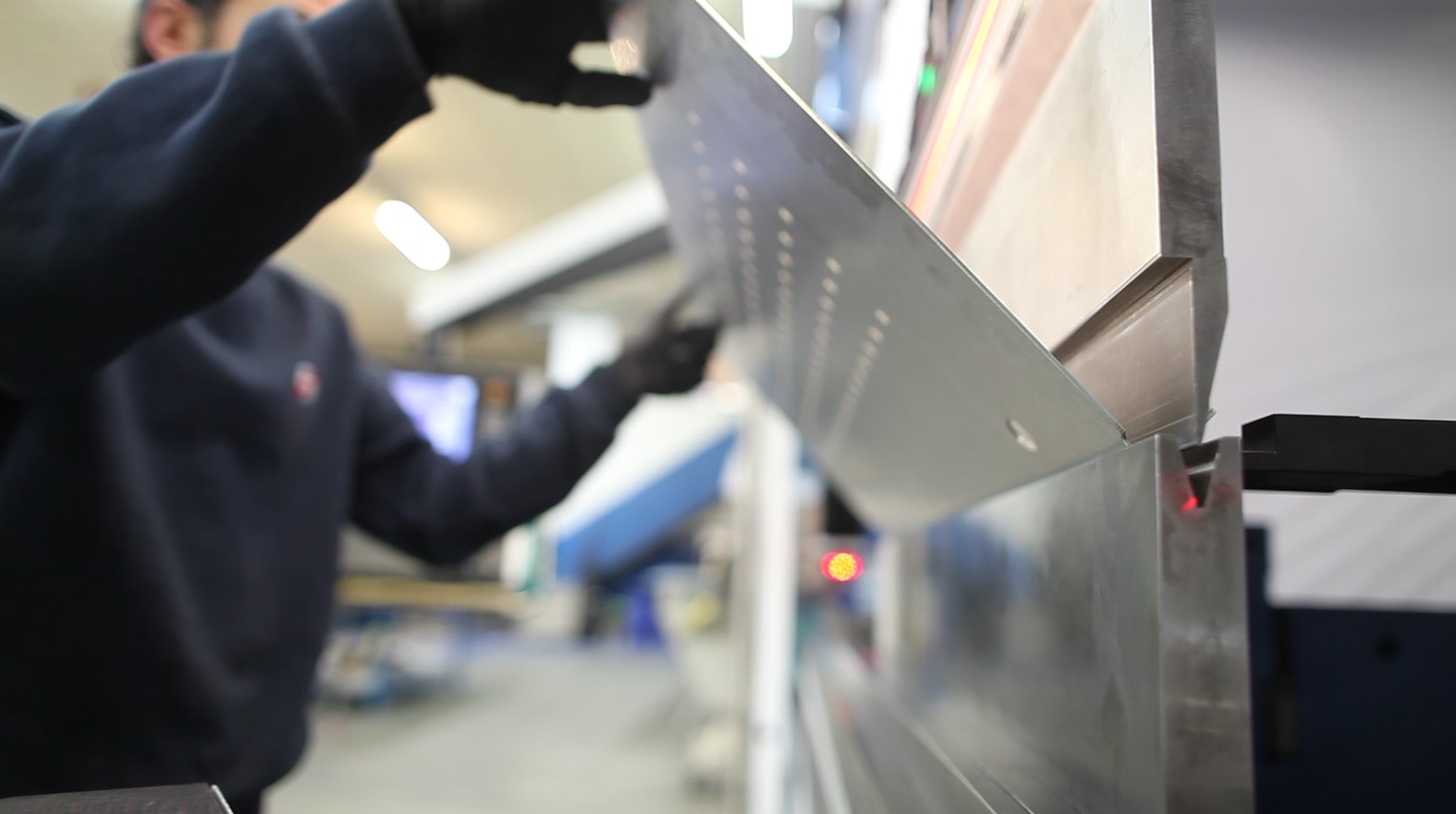
WRITER
